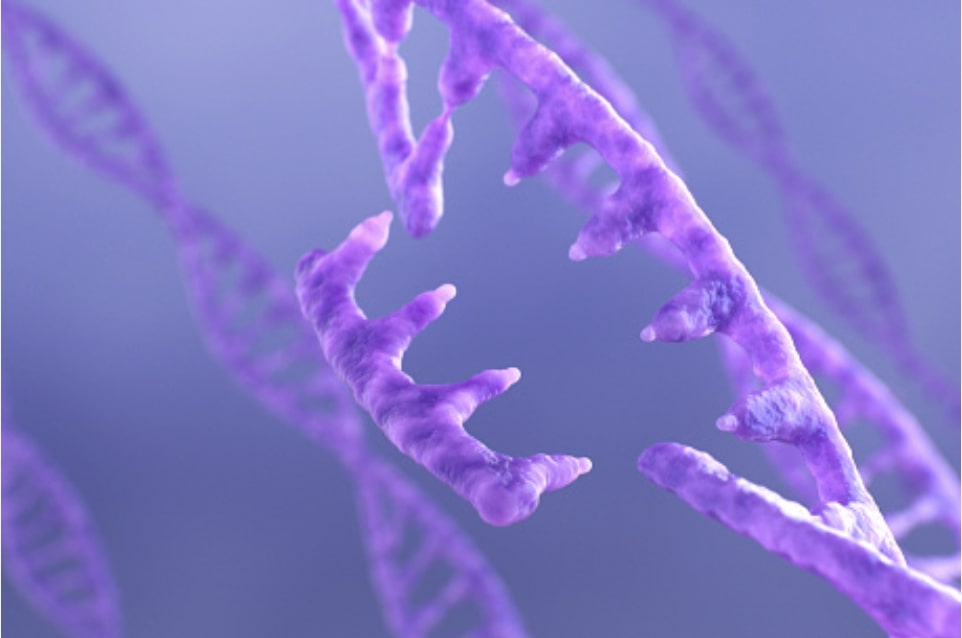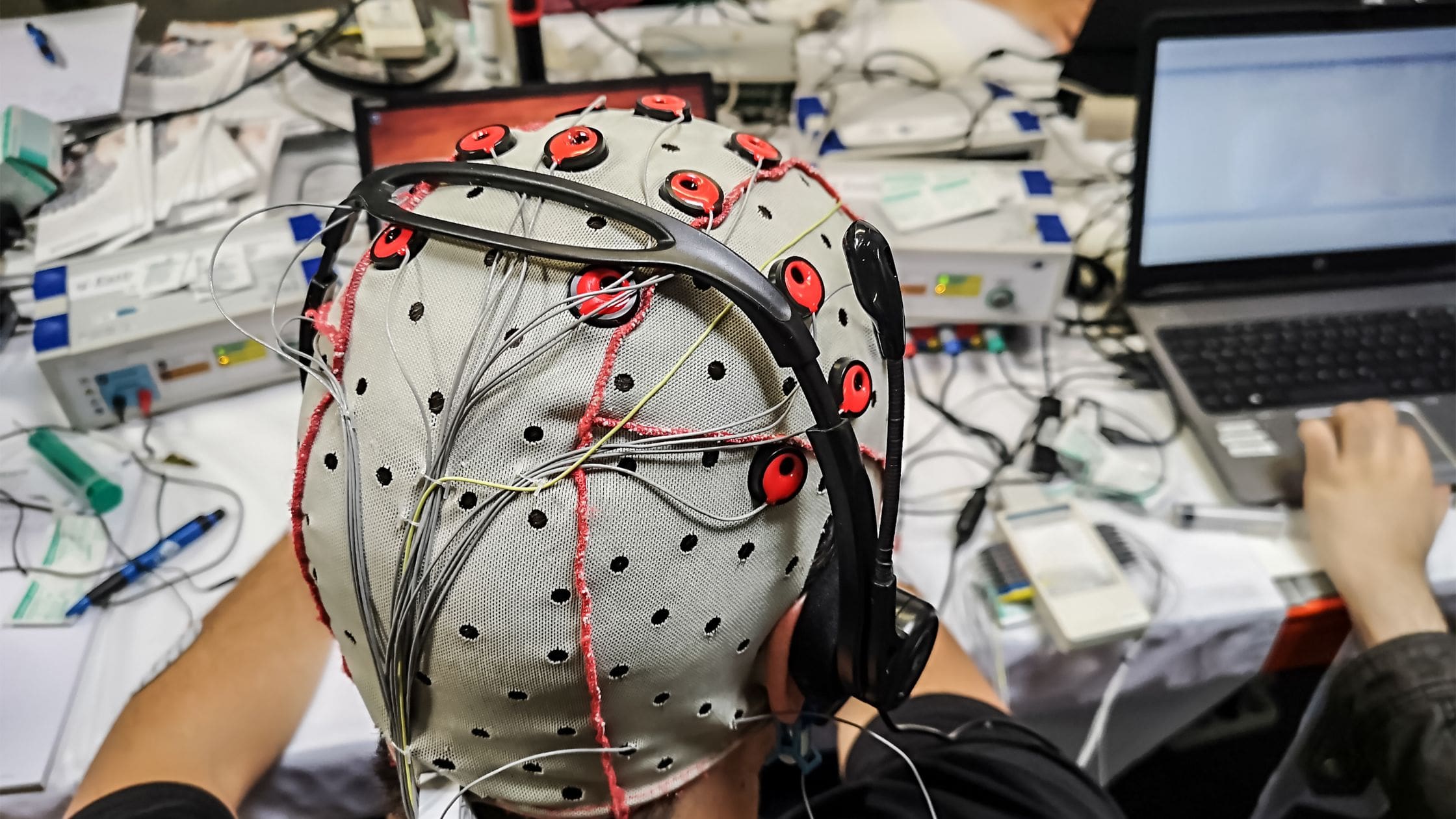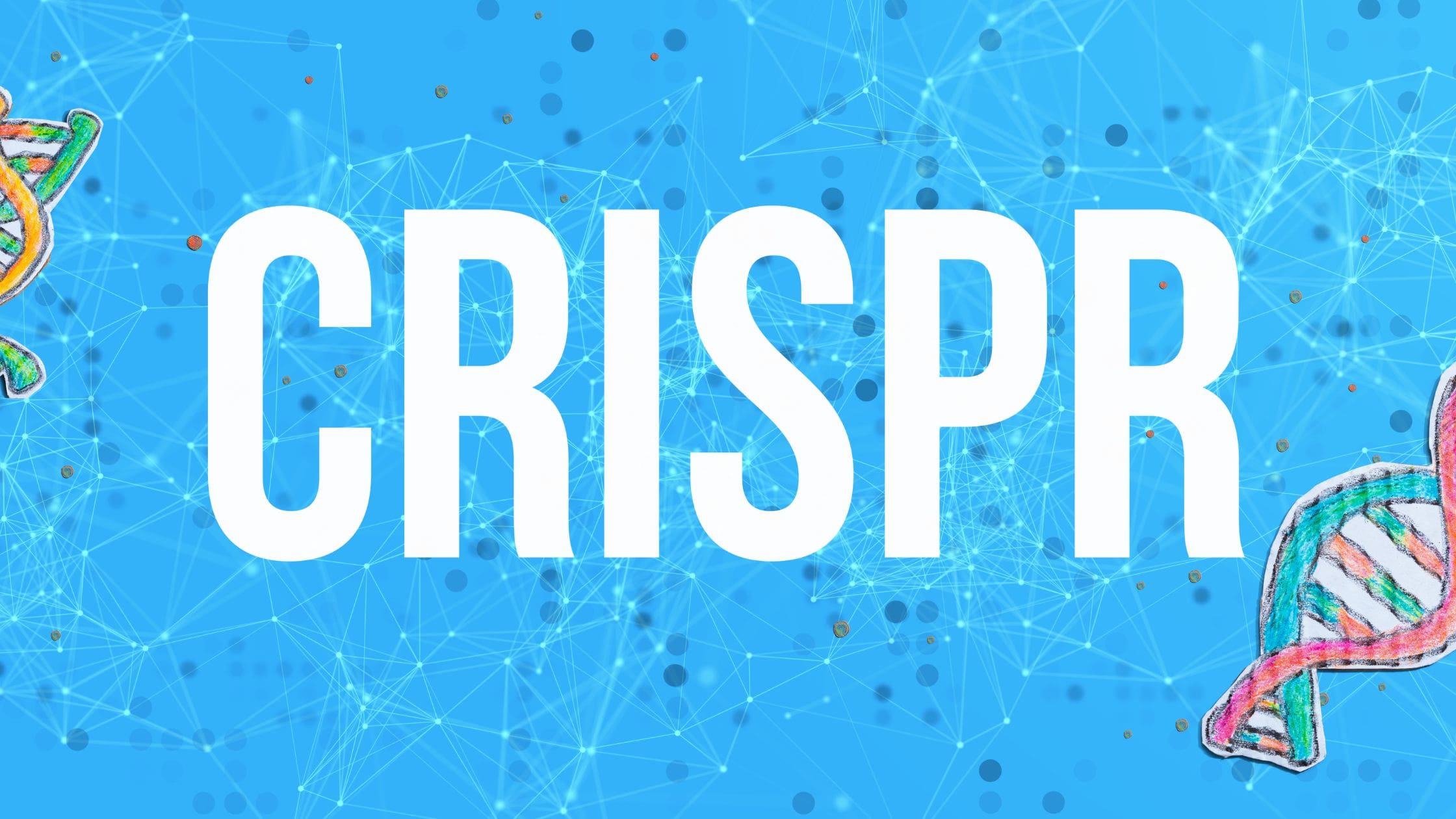Chasing hope after years of treatment, two long-term cancer patients found the experimental gene editing process. Katie Pope Kopp and Victor Bartolome volunteered for trials testing how “genetic scissors” could fight the disease inside their DNA.
Kopp and Bartolome were in remission as of December 2022, according to NPR, furthering optimism that a 10-year-old technology might expand human longevity. It’s called CRISPR, a memorable acronym for a complicated tool that has generated promise and uncertainty about its utility and morality.
CRISPR (or Clustered Regularly Interspaced Short Palindromic Repeats) refers to properties that bacteria possess, allowing them to find and destroy viral DNA. Scientists Jennifer Doudna and Emmanuelle Charpentier won the 2020 Nobel Prize in Chemistry for pioneering the technique of editing DNA with unprecedented precision using CRISPR.
Doudna analogizes CRISPR to the editing functions of a word processor or a pair of scissors. The tool can fix “typos” in DNA code by cutting a strand and allowing the cell to repair itself. Or scientists can replace the excised strand with a new sequence.
CRISPR has opened new pathways for treating cancer, potentially eradicating malaria, and tackling climate change. Yet like many scientific breakthroughs, it has produced ethical concerns and unintended consequences.
As John Oliver observed on his HBO show Last Week Tonight, “It seems gene editing is either going to cure all disease or kill every last one of us.” As always, we’re best off meeting in the middle.
How CRISPR Benefits Human Longevity
The science of gene editing dates to the 1970s, but CRISPR revolutionized the technology. It harnessed a protein called Cas9 to insert or delete DNA material from cells more easily and with better accuracy.
So far, the CRISPR trials that included Kopp and Bartolome have shown positive results in cancer treatment. CRISPR has demonstrated efficacy in treating sickle cell disease.
Researchers use it in early-stage clinical trials to treat blood disorders, diabetes, HIV, and more. It has reduced levels of the protein that causes the rare disease amyloidosis. And scientists are employing CRISPR to study Huntington’s and other brain diseases, cystic fibrosis, and COVID-19.
CRISPR has supplanted other gene-editing technologies because it’s precise, efficient, cost-effective, and easy to use. Before CRISPR, few labs had the proper tools to conduct gene editing. As Dr. Alejandro Chavez of Columbia University said, “even a high school student can make a change in a complex genome.”
Those attributes make CRISPR transferable to other disciplines. Could the technology help combat climate change? Scientists are employing CRISPR to lower the methane emissions of rice plants. They’re editing plants to produce bigger crop yields while reducing atmospheric carbon release. They’re even making gene-edited meat, which producer SciFi Foods believes can scale beef production without raising more cows.
The possibilities for CRISPR are staggering, as are the ramifications. Remember what Chavez said about high school students and gene editing? Well, mail-order CRISPR kits provide amateur scientists with the opportunity to modify DNA.
Some suggest the process should be as easy as downloading a phone app. That prospect alarms others, including Doudna.
CRISPR’s ‘Far Edge of Experimentation’
CRISPR still requires long-term testing and has produced some troubling results. A 27-year-old with Duchenne muscular dystrophy died during a one-person clinical trial. Other studies have shown incidents of “off-target effects,” in which CRISPR technology edited the wrong cells. As they improve CRISPR’s efficacy, scientists will continue to debate its morality.
Doudna, CRISPR’s co-inventor, told Time Magazine that she harbored a “feeling of horror” in 2018 when scientist He Jiankui used the technology to change the DNA of human embryos, resulting with the birth of twins with altered genomes. (A Chinese court convicted He of malpractice. He served a three-year sentence and was released in April 2022.)
Doudna asserts that CRISPR should not be used to edit human embryos, which the U.S. and about 30 other countries forbid. Because a potential CRISPR consequence could be the edited human, it already has happened with dogs.
A Chinese researcher studying the canine muscle gene created the “most muscular beagles in the world.” CRISPR has made “designer humans,” with desirable traits and customizable eye colors, more science than fiction.
“This whole notion that we can do designer genetic therapies is, I would say, uncertain,” Arthur Caplan, a medical ethicist at New York University, told the Associated Press. “We are out on the far edge of experimentation.”
CRISPR could fundamentally reshape life on earth, making humans disease-resistant and food-climate-friendly. It also could alter DNA in ways we can’t understand. “And this,” Doudna said, “puts in front of all of us a huge responsibility to consider carefully both the unintended consequences as well as the intended impacts of a scientific breakthrough.”




